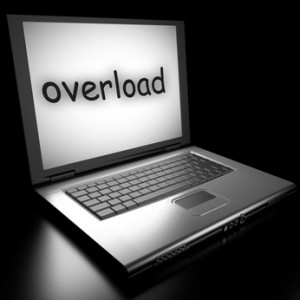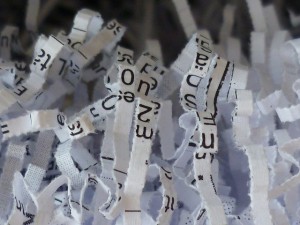
Misfiling: It is the bane of the home business owner. How many minutes or hours are wasted each day frantically searching for that one document, that one letter that has been misfiled? How many gray hairs have been created as the office personnel searches frantically for the missing folder while you try to placate an irate client? While mistakes will always happen, there are ways that you can minimize the chance of them happening to you. Here are a few of my favorites.
Keep it Simple
One of the most common reasons why something gets put in the wrong place is because people don’t understand where the right place is located. Therefore, it pays to keep your filing system as straightforward and simple as possible. Personally, I use a combination of numbers and colors- each project is given a unique number, and each section within that project is given a specific color. For example- all my invoices are kept in a red sub-folder in the project file, and all my vendor information is kept in a yellow one. Then it’s just a matter of making sure that the project number is placed on all items and that only things of that project are kept in the same location. While misfiling still can happen, keeping things simple does decrease the odds.
Keep Track of What is Being Used
Often, when a file is out of place, it is simply being used by another person. If this is the case, one of the easiest ways to prevent a panicked search for the missing file is to simply place an “out” card in its place with the name of the person who has it. One of the best methods I’ve seen is to take an opaque binder divider and write the word OUT on the tab, and have people write their names in an orderly fashion on the divider, and cross it out when it is returned. Then it’s easy to see who was last responsible for the file.
Archive What You Don’t Need
Let’s face it; sometimes there are a lot of things in your files that simply are not relevant to the situation at hand. While you may still need to keep them for record keeping purposes, there is no reason that you need to keep everything right there. It can be helpful to designate an archival file location where the inactive, or portions older than say five years can be kept. That way, you won’t have to spend valuable time going through old material to find the current ones you need.
These are just a few ways that you can use your filing system to keep things easily accessible, and help to prevent misfiling.

